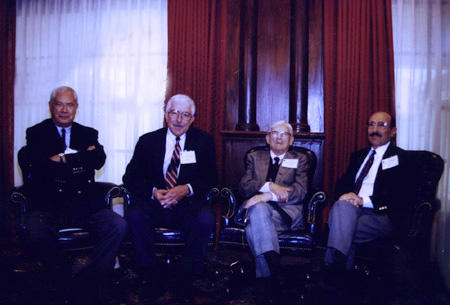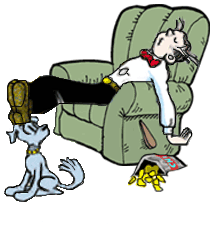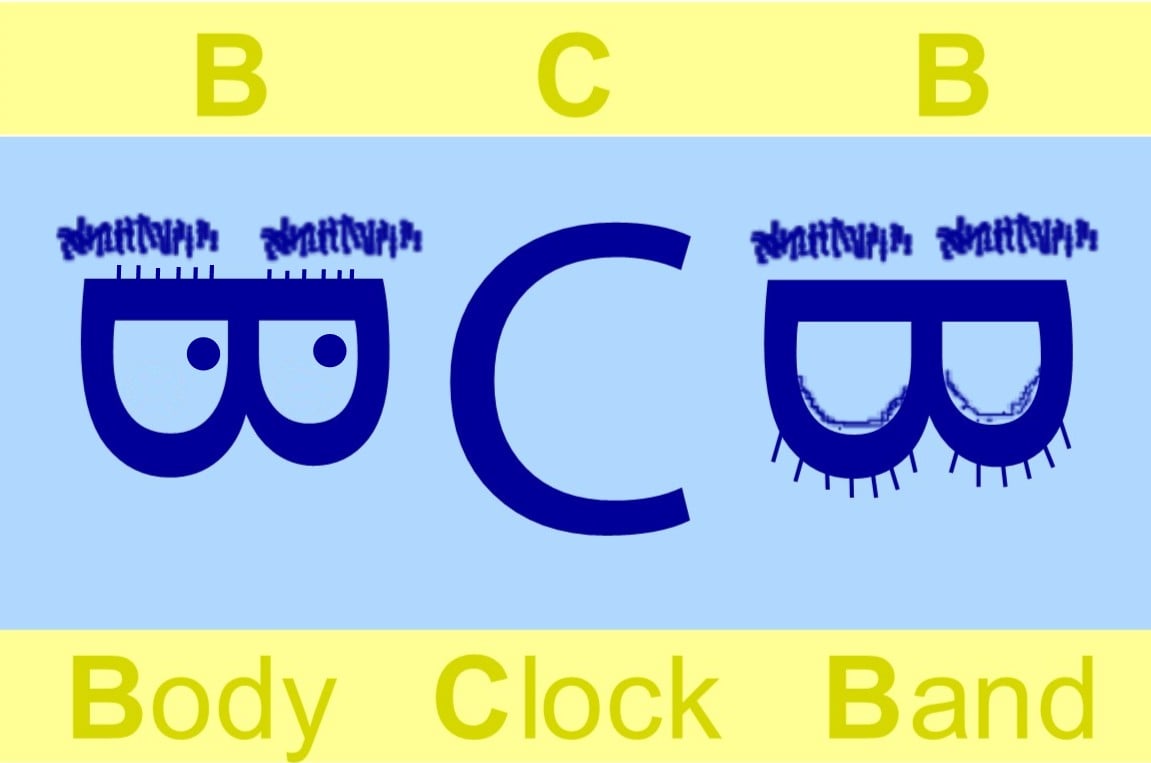History |
Hans Berger proved that the brain is active during sleep by recording the waves of sleeping brains in 1928. In 1953, Kleitman and Aserinsky discovered that there were three to four phases of rapid eye movement (REM) in a seven-hour sleep period. Each time, limb movements stopped, breathing and heart rate increased, and brain activity and energy use almost equaled those of waking hours. Sleepers awakened after a REM episode reported visually rich dreams, but people roused after non-REM sleep rarely told of vivid dreams.
There are four non-REM sleep phases, and the fifth phase is REM. People in phase one waver between sleep and waking. Eye and muscle movements slow. If woken from phase one, people remember some images, and can have muscle contractions or a falling feeling. During stage two, eye movements stop and brain waves slow, but there are a few faster ones. In phase three, very slow brain (delta) waves appear along with some fast waves. Stage four sleep has almost only delta waves. In stages three and four, there is no muscle or eye activity; it is very hard to wake someone in these stages. The REM phase ends the 90-110 minute sleep pattern, which repeats. REM sleep helps growth, memory, and learning. All sleep is important because it is associated with the immune system. Yet more than 70 sleeping disorders are known!

Nathaniel Kleitman and Eugene Aserinsky on the right, along with two other scientists

An entire sleep pattern takes about 90 to 110 minutes
